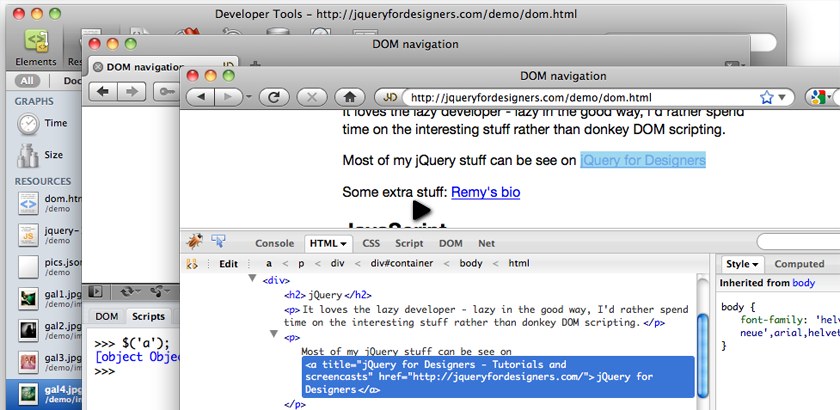
If a Windows Forms app throws an unhandled exception, it shows the following dialog: Make sure not to delete or change any other registry keys.Įnable Just-In-Time debugging of a Windows Formīy default, Windows Form apps have a top-level exception handler that lets the app keep running if it can recover. HKEY_LOCAL_MACHINE\SOFTWARE\Microsoft\Windows NT\CurrentVersion\AeDebug\Debugger HKEY_LOCAL_MACHINE\SOFTWARE\Microsoft\.NETFramework\DbgManagedDebugger HKEY_LOCAL_MACHINE\SOFTWARE\Wow6432Node\Microsoft\Windows NT\CurrentVersion\AeDebug\DebuggerĪlso delete the following registry entries if they exist: HKEY_LOCAL_MACHINE\SOFTWARE\Wow6432Node\Microsoft\.NETFramework\DbgManagedDebugger In the Registry Editor window, locate and delete the following registry entries if they exist: To disable Just-In-Time debugging by editing the registry:įrom the Windows Start menu, run the Registry Editor ( regedit.exe). If Visual Studio is no longer installed, you can disable Just-In-Time debugging by editing the Windows registry. Just-In-Time debugging may still be enabled even if Visual Studio is no longer installed on your computer. Disable Just-In-Time debugging from the Windows registry

If you enable the Just-In-Time debugger, but it doesn't open when an app crashes or errors, see Troubleshoot Just-In-Time debugging.
#FILTER FORGE DEBUGGERS WONT RUN CODE#
In the Enable Just-In-Time debugging for these types of code box, select the types of code you want Just-In-Time debugging to debug: Managed, Native, and/or Script. If the Just-In-Time menu option is not shown, make sure the Just-In-Time debugger is installed using the Visual Studio Installer.


 0 kommentar(er)
0 kommentar(er)
